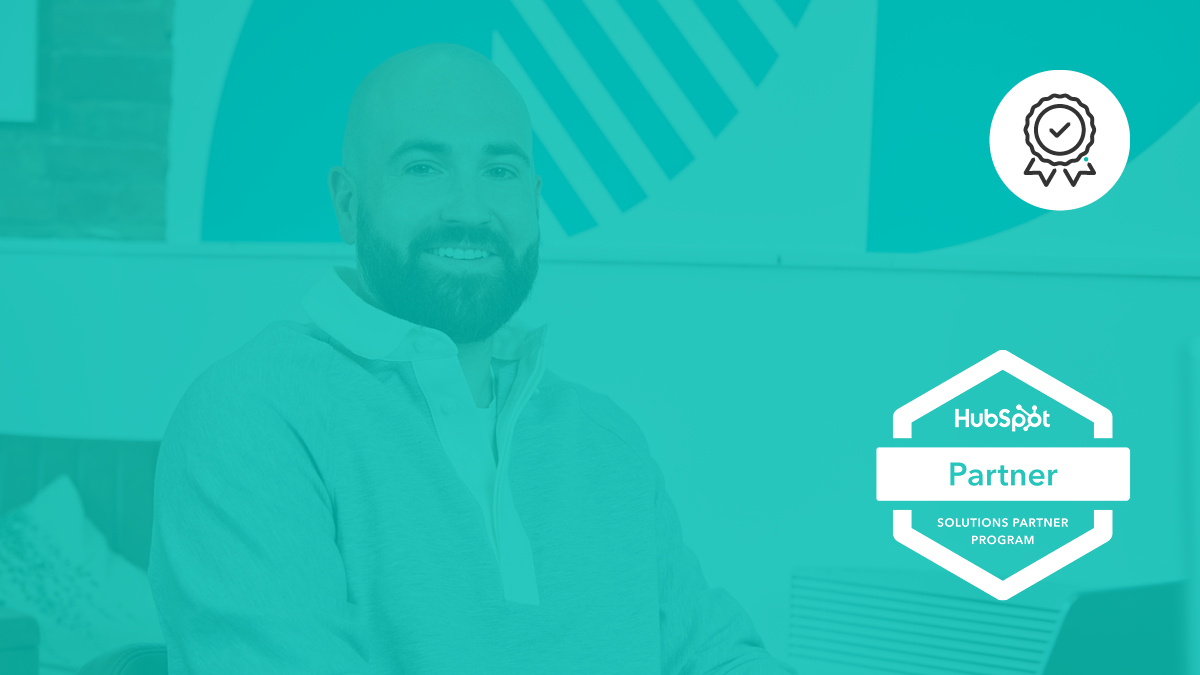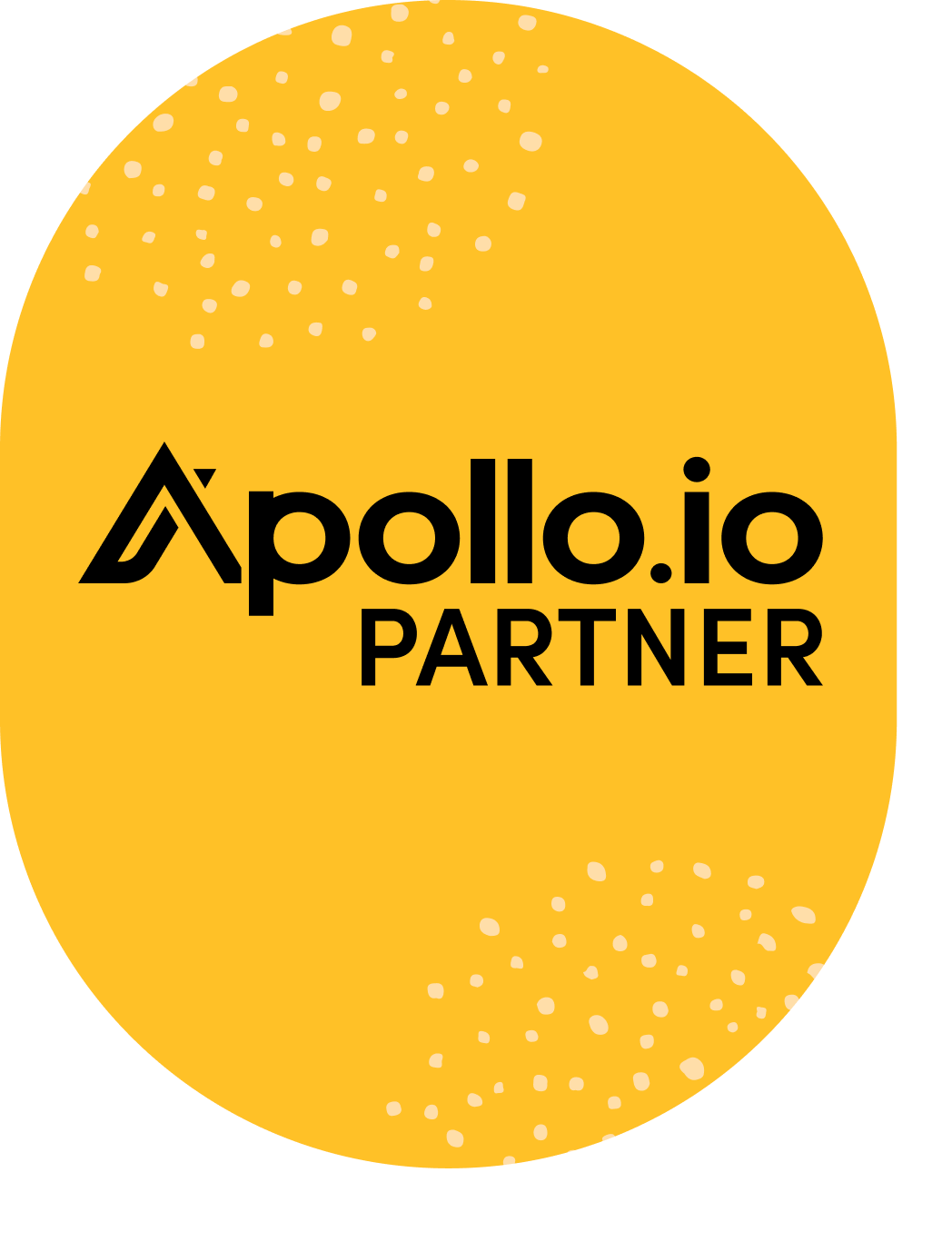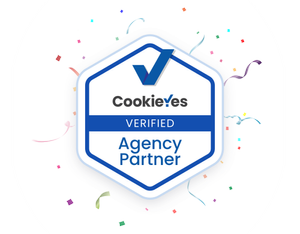In B2B, converting awareness into action can be tricky. Buying groups weigh risks and seek reassurance before taking action. PR plays a crucial role in earning that trust, giving people reasons to believe, and providing a clear next move that feels obvious, thereby instilling a sense of reassurance and confidence.
In this blog, PR Manager Mike Nicholls takes a closer look at the role of PR in driving action.
PR is more than collecting coverage
Coverage matters, but effective PR goes further. It's not just about collecting coverage, but about using that coverage strategically to smooth reputational risks and remove doubts that stop customers from acting. PR works best as part of an integrated campaign, where it warms up the audience for other activities, provides sales with useful stories to share, and keeps your channels stocked with news. It also shapes the conversation so action feels timely and necessary, creating an environment where doing nothing looks riskier than doing something.
See what action-driving PR looks like with The Marketing Pod... and what it could look like for your B2B business: Download our mini guide.
Make it an issue your audience cares about
People act when the stakes are clear. In B2B, that can be difficult because many subjects sit deep in technical, operational or regulatory detail. PR’s job is to make the consequences of inaction real and relevant.
Pod has the pleasure of working with Birmingham Dogs Home, where the consequences of inaction are immediate and visible. A single image of a dog waiting for a family tells a story everyone understands. In B2B, it’s a bit trickier. You can create that same clarity by showing what happens if a business does not act on, say, rising energy bills. Use scenarios, benchmarks and lived examples to make the risk tangible, then present a practical remedy in plain English. When urgency meets a credible solution, momentum follows.
Pod’s award-winning work with Fuel Bank Foundation showed how consequence framing moves people to act. Industry stakeholders experienced the reality of fuel poverty through a sequence of activities that brought the issue to life. They listened to first-hand accounts in a cold, dark room, attempted everyday tasks with numbed hands and tried to balance an impossible weekly budget. Feedback showed a clear shift in understanding. Crucially, the session closed with a discussion on what to do next, so people left with a shared urgency and tangible steps to explore in their own programmes.
Build a strong evidence base
Belief grows when proof is easy to grasp and hard to dispute. Research and data deserve a central place in PR planning because audiences want to believe they are doing the right thing. Evidence also gives leaders material they can take to colleagues, boards and regulators.
Pod’s work with Womens Utilities Network is a valuable example. The sector sensed a problem with unconscious bias but lacked an evidence base that leaders could use to drive change. Pod designed a survey, distilled the findings into a clear report and launched it at a well-attended London event. The combination of credible data, personal testimony and practical recommendations turned a broad concern into informed conversations inside organisations and armed sponsors with clear next steps that encouraged action, not just discussion.
Put credible people at the centre
Logos do not build belief on their own. People do, particularly those who can explain what change means in practice. Journalists and stakeholders value access to named specialists who answer detailed questions with clarity and empathy. Identify the voices your market trusts and support them. If a subject matter expert is camera-shy or not a natural wordsmith, PR can help by being their voice through skilled writing or through media coaching. A well-briefed specialist who can demystify a technical constraint often moves the conversation further than any generic statement.
Pod worked with CWE to position them as the rail engineering partner of choice. By putting engineers forward as regular spokespeople across trade media and owned channels, they explained the industry skills gap in plain English, showed what it meant operationally and outlined practical fixes. Each appearance pointed to a clear next step, giving operators and contractors a named expert to contact and a concrete reason to do so.
Work like a newsroom (or at least plan like one)
Action rarely arrives in a single moment, especially in long B2B cycles. The best way to stay front of mind is to be there consistently. Think like a newsroom that publishes with pace and adapts to the events of the day. Most will need to see you repeatedly before they move. Staying present is how you shorten the distance between interest and action.
In government communications, we lived by a planning grid that tied themes, messages, and formats to the year's calendar. We mapped the announcements, consultations, and likely external events, then aligned communications outputs so every week had a clear focus and room to react. The same approach works in B2B. Build a rolling communications calendar aligned to product releases, regulatory milestones and sector moments, then leave space for rapid response.
Make the next steps understandable
People need to know how to take the following steps, not only what those steps are. Spell out the sequence in simple terms. For example, if you want a facilities director to act on energy efficiency, provide a clear checklist, a short discovery call option and a realistic timeline. When the route forward looks obvious, action feels safer.
Don’t forget the call to action
It sounds obvious, yet brands miss it every day. Campaigns celebrate a product or a service but stop short of telling people what to do now. Add a clear call to action every time and make it feel like the natural next step. That could be booking a site audit, downloading a short guide or making a call. The final nudge is often the small extra that turns interest into action.
In summary
In B2B, action follows trust. PR can help your business lead on issues that matter, provide evidence, put credible people forward, and make the next step clear for your customers. If you want to turn awareness into action, Pod is here to help – contact us here.






 Mike Nicholls
Mike Nicholls
 Alexander Costello
Alexander Costello
 Emma Crofts
Emma Crofts






.png)


